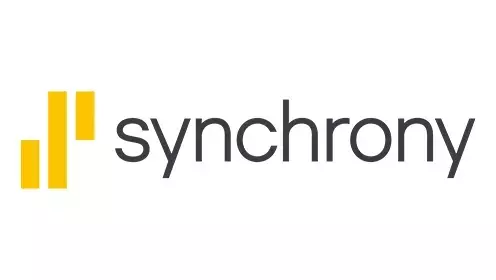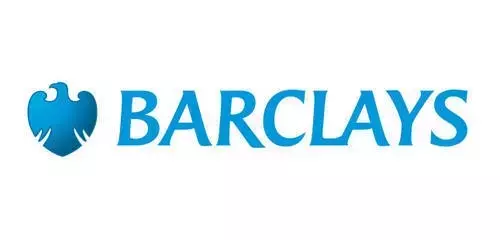





Unlock Your Savings Potential: Discover the Power of High-Yield Accounts
Understanding the Core Concept of a High-Yield Savings Account
A high-yield savings account functions as a specialized deposit account that offers substantially greater interest earnings than standard savings options. Typically provided by online banking institutions, these accounts benefit from reduced operational costs, enabling them to offer more attractive interest rates and often fewer fees. Like their traditional counterparts, high-yield savings accounts are generally protected by federal insurance, safeguarding deposits up to $250,000 through either the Federal Deposit Insurance Corporation (FDIC) for banks or the National Credit Union Administration (NCUA) for credit unions. Some institutions, like SoFi, even extend this coverage to a higher amount. While investment portfolios might offer higher returns, HYSAs provide stability and liquidity, ensuring funds are accessible for transfers to linked checking accounts or ATM withdrawals, making them a secure choice for managing finances.
High-Yield Savings Accounts: A Comparison with Standard Savings Options
The primary distinction between a high-yield savings account and a conventional savings account lies in their annual percentage yield (APY)—the rate at which your funds accumulate interest. Currently, the national average for traditional savings accounts is around 0.40%, according to the FDIC. In contrast, high-yield accounts often boast APYs near 4.00%. Many major banks, such as Wells Fargo and Chase, offer a minimal 0.01% APY on their savings products. For example, Capital One, recognized for its exceptional online banking satisfaction, provides an APY of 3.40%. It's crucial to regularly review your HYSA's interest rate, as these can fluctuate; if the rate declines significantly, switching to another institution might be beneficial.
High-Yield Savings Accounts Versus Checking Accounts: What's the Difference?
Checking accounts are primarily designed for transactional purposes, facilitating spending and direct deposits for income or government benefits. The most effective financial strategy involves using a checking account in conjunction with a high-yield savings account. It is advisable to maintain only the necessary funds for monthly expenditures in your checking account, transferring any surplus to your high-yield savings account to maximize interest growth. Unlike HYSAs, checking accounts typically offer little to no interest, rendering any earnings negligible.
Demystifying Interest Calculation for High-Yield Savings Accounts
When you place money into a high-yield savings account, it starts accumulating interest over time. The calculation begins with the simple interest formula, which determines the earnings on your initial deposit: Principal Amount x Interest Rate x Number of Time Periods. For example, a $1,000 deposit at a 4.00% interest rate over three years would yield $120 in simple interest, bringing the total to $1,120. However, savings account interest usually compounds daily, monthly, or quarterly, meaning you earn interest not only on your initial deposit but also on the accumulated interest. This compounding effect is why banks highlight the annual percentage yield (APY) rather than a simple interest rate. The actual earnings can be influenced by how frequently interest is compounded, any irregular deposits or withdrawals, and fluctuations in the APY. Therefore, utilizing an online HYSA calculator is recommended for a clearer estimation, although actual figures may vary.
Advantages and Disadvantages of High-Yield Savings Accounts
High-yield savings accounts offer numerous advantages, making them an excellent financial tool for nearly everyone. Funds are typically insured up to $250,000, and they are less susceptible to market volatility compared to investments in stocks or real estate. These accounts provide higher interest rates than traditional savings options and maintain significant liquidity, allowing for quick transfers. Many banks also enable account holders to designate sub-accounts for various savings goals, such as emergency funds or down payments, fostering organized financial planning, often with minimal or no fees. However, HYSAs generally offer slower growth than the stock market. They are also less liquid than checking accounts or physical cash, as transfers are needed for major expenses, and some accounts may still impose transfer limits or require minimum balances to earn the highest APYs.
Is a High-Yield Savings Account the Right Choice for You?
A high-yield savings account is an advantageous financial instrument for most individuals who meet the eligibility criteria. It provides an optimal method for establishing and expanding an emergency fund, and it simplifies saving for various short-term objectives, including vacations, home renovations, weddings, or a down payment for a home. Once a strong financial foundation has been built in a HYSA and outstanding debts have been addressed, it becomes prudent to explore more diverse investments such as stocks and bonds. Additionally, prioritizing contributions to retirement accounts like 401(k)s and IRAs is highly recommended. For those who have faced past banking challenges, focusing on rebuilding good financial habits with second-chance bank accounts may be a necessary first step before opening a HYSA. To begin, consider exploring some of the top-rated high-yield savings accounts available.
